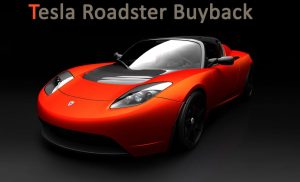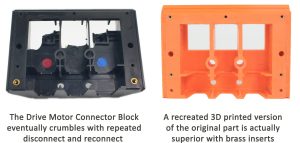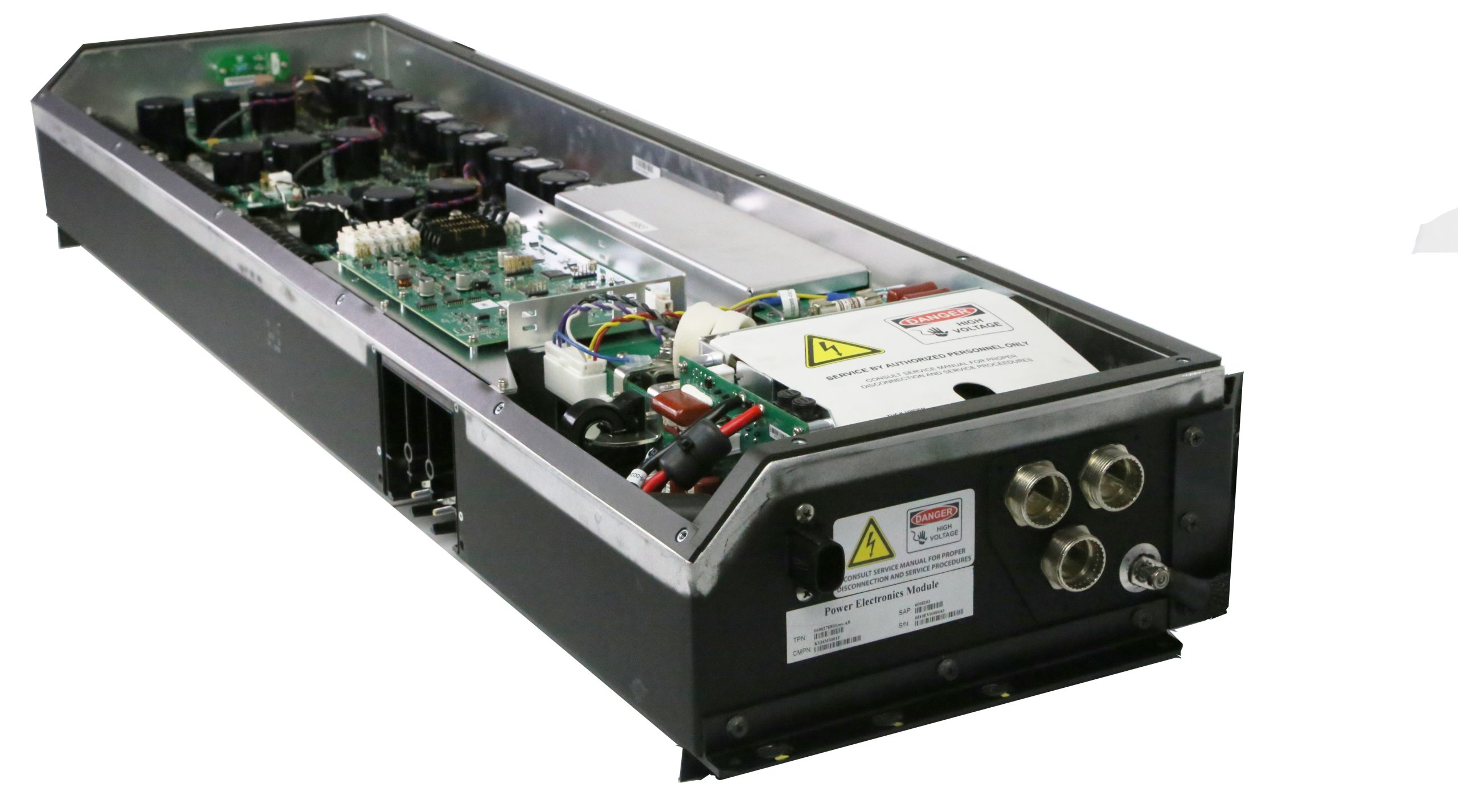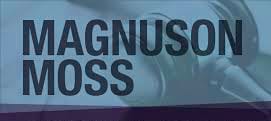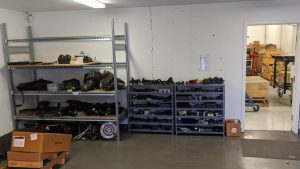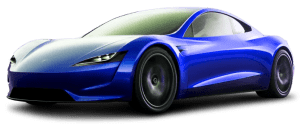 Why is Tesla Buying Back Roadsters?
Why is Tesla Buying Back Roadsters?
Starting in the Fall of 2019, Tesla corporate began actively soliciting original Roadster owners, asking if they wanted to sell their Roadster outright, or trade it in on a newer model. The reason for this sudden interest was not initially understood, and some owners took advantage of the offer to get into the other Tesla vehicle platforms, or just take cash.
As the program gained momentum, stripped-down Roadsters began appearing in the back of Service Centers, and it became apparent Roadsters were being purchased as parts donors, dismantled, and processed at Service Centers.
At publication date, it is estimated near 3 dozen have been purchased, and more offers are on the table, including disabled and bricked Roadsters.
Roadster Parts Issues
Roadster production ended 10+ years ago, and part inventories have been steadily drying up. Parts demand continues to increase, and some critical, proprietary parts were completely sold out. Reminiscent of the passion surrounding the ill-fated GM EV1, retrieved from owners and crushed, many Roadster owners prefer to maintain their Roadsters and keep driving them, so the parts issue needed a solution.
Some of the original Roadster parts vendors are now out of business, or have shut down the production of custom Roadster parts. Body panels and the structural parts behind them are the most scarce. Over the years, molds had been retired, lost, or scrapped, and finding new vendors was often a cost-prohibitive exercise because the molds would have to be recreated. Reduced volume purchases create high minimum order quantity (MOQ’s) requirements making it difficult for Tesla to justify replenishing inventory levels. The car is also full of custom electronics in the drivetrain which are also all out of production.
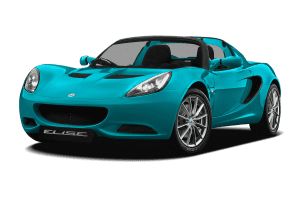
The reality is that only 7% of the finished Roadster ended up being Lotus Elise parts. To make everything fit, the car had to be stretched and widened necessitating custom body panels such as fenders, quarter panels, hood and trunk assemblies.
And of course, none of the drive train came from Lotus.
One example of difficult to find parts are the plastic insulating blocks inside the Power Electronics Module (PEM) are now deteriorating from age and scheduled maintenance. This part was originally manufactured in Taiwan, by a vendor currently still in business. Assembly lines for the PEM however were shut down a decade ago, molds for internal parts like this were scrapped. Fortunately, 3D printing parts like this is one cost effective solution.
A cost-effective replacement solution still does not exist for the PEM itself, the brains of the Roadster drivetrain, which cannot be easily recreated. A recent production line reactivation for this assembly was quoted into 7 figures. The Roadster, being a ground breaking technology at the time loaded with custom complex electronics like the VDS touchscreen, VMS Module, and ESS pack’s internal electronics which are all custom and unique to the Roadster, makes recreating parts like this cost prohibitive.
Electronic parts that are no longer in production require a huge upfront investment, engineering time, to restart assembly lines to recreate these parts. To date, the most sensible option is preservation, proactive maintenance/rebuilding, and finding electronic labs that are skilled, equipped, and can repair and rebuild these essential electronic items. Proactive maintenance, rather than waiting for degrading parts to fail, mitigates the risk of an irreparable or hard-to-find replacement part.
Tesla’s Recommitment to the Roadster
Toward the end of 2019, Tesla recommitted improving Roadster support. Jerome Guillen, the President of Tesla, announced a number of additional improved services including a dedicated Roadster service request email, dedicated service response team, and they began laying the groundwork for a resupply of parts from donor cars. An excerpt from his email:
The Roadster parts shortage issue was resolved by expanding the parts procurement team, augmented by the Roadster trade-in and buyback program. The Roadster community’s reaction to this plan, once revealed, confirmed the suspicion that Roadsters were being stripped as parts donors, was surprise and disappointment. Granted, the pain felt in the Roadster community watching functioning Roadsters, being euthanized and cannibalized is palpable. However, it was necessary for practical reasons, and it’s the only way to keep some of the remaining Roadsters on the road. Our perspective on this unusual parts resupply program is viewed as a very positive sign from Tesla, for a number of key reasons:
- To date, Tesla has spent into 7 figures to replenish Roadster parts with the Roadster buyback program, and even more costs dispositioning, storing, testing, and managing the new influx of badly needed parts. Their buyback offers are often generously over current market value.
- For years, a prevailing opinion was that Tesla does not care about Roadster owners. The buyback program alone proves the exact opposite, and demonstrates Tesla’s strong commitment to the early Tesla adopters. Service Center Roadster parts inventories are growing again. Tesla has been working hard to stock up on many other core Roadster parts, and Gruber Motor Company has been jointly assisting with this effort, as a vendor and as a procurement partner, reactivating old vendors, sourcing new vendors, and 3D printing certain Roadster parts.
- Tesla’s buyback program has another unintended consequence. The program is thinning the herd. Savvy car collectors have eyed the Tesla Roadster for years. It has all the prerequisites for sought after collectibles. After all, this is the ground zero vehicle that ushered in the EV revolution, limited production of 2,400 vehicles, and the only vehicle in history to have been shot into space. Simply put, reducing the number of vehicles, drives up valuation.
The 10 Year Parts Myth
A common assumption is that Tesla was forced into this parts supply program by the Magnuson-Moss Act, a federal law passed in 1975 in the USA, which presumably forces an automotive manufacturer into a 10 year parts availability requirement. Although widely believed, there is no component in the Magnuson-Moss Act that addresses post-production parts availability. Instead, its mandate and focus is on manufacturers honoring warranties, despite aftermarket products installed in a vehicle. Without any obligation under federal law, Tesla initiated this costly Roadster buyback program for parts, proving again their commitment to the Roadster community.
Where are These Retrieved Parts?
The majority of Roadster dismantling is taking place at select Tesla Service Centers.
An added benefit of this Service Center Roadster dismantling activity, is it provides a source of training for new service technicians. No one doubts the additional training dimension provided by taking things apart.
Most of the retrieved parts are then maintained and stored at these local Service Centers, entered into the global supply chain inventory system, and flagging them as available throughout the Tesla global service network.
Key large ticket items like PEMs, ESS packs, and certain electronic assemblies are shipped back for testing and remanufacturing in Lathrop, CA.
Conclusion
In conclusion, our opinion is that all things considered, this Roadster buyback program is a generous gesture on the part of Tesla. It shows strong support from Tesla, and an overall win for the Roadster owner community. Those wishing to sell their Roadsters have a ready buyer willing to pay over market value, and those willing to hang on to their cars are seeing improved parts and service support.
Aside from a moral obligation, a final compelling reason for Tesla to show strong support for first generation Roadster owners is reputation. With a second gen Roadster on the drawing board being staged for production, priced around $250K, and attracting exotic car collectors before it is even released, any doubts about future support could jeopardize demand for this second generation Roadster.


